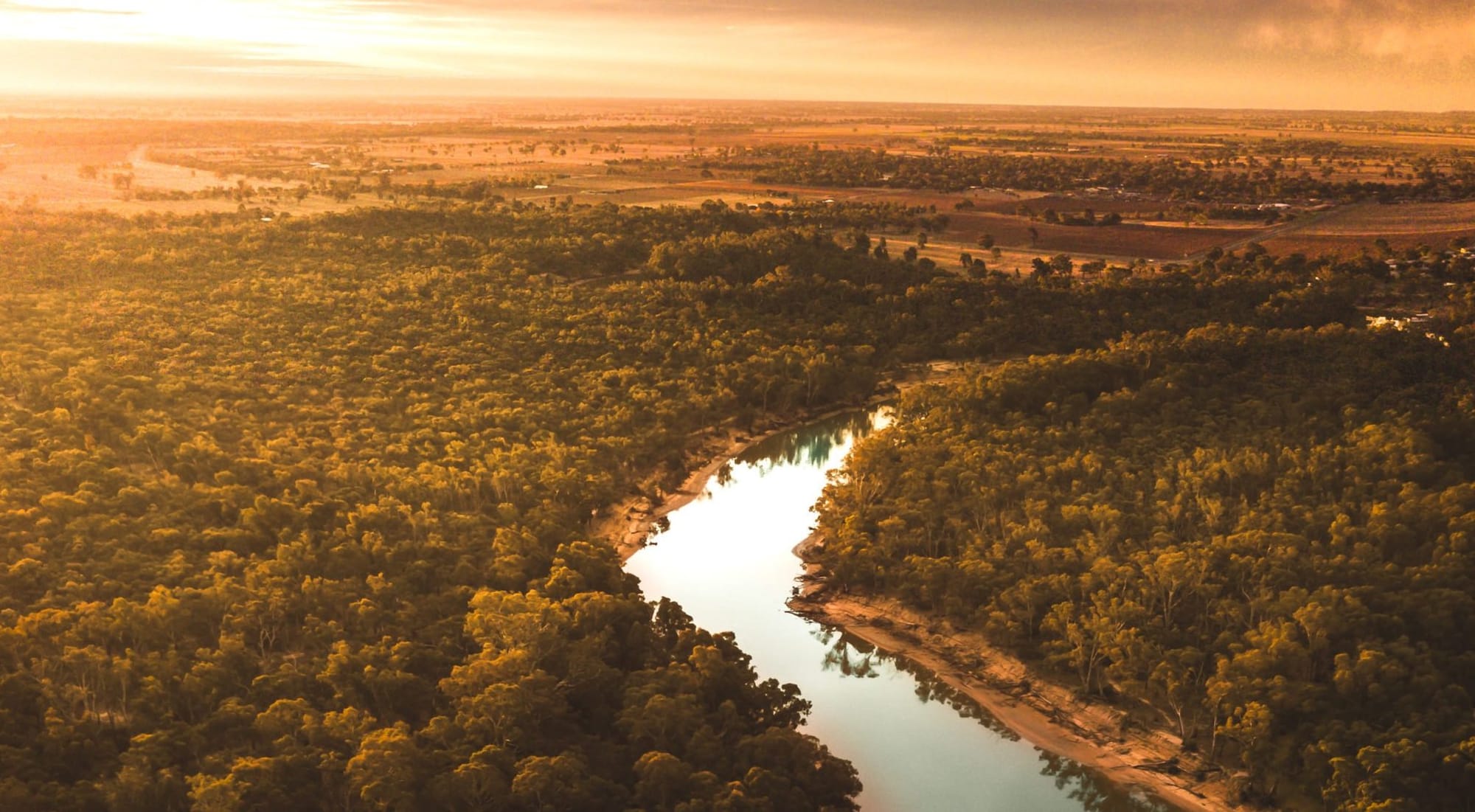Record environmental flows for SA show Murray-Darling Basin Plan back on track
THE environment, irrigators and other River Murray water users are benefiting from record environmental water releases being delivered under the reinvigorated Murray-Darling Basin Plan. More than 1650GL of water for the environment was provided to...

THE environment, irrigators and other River Murray water users are benefiting from record environmental water releases being delivered under the reinvigorated Murray-Darling Basin Plan.
More than 1650GL of water for the environment was provided to South Australia in the 2023-24 financial year, the largest volume since the introduction of the Murray-Darling Basin Plan in November 2012.
This amount significantly eclipses the previous record of 1227GL delivered in 2022- 23 before and after the River Murray flood, which provided much-needed water to parts of floodplains and wetlands for the first time in more than 60 years.
The increased environmental flows come as River Murray irrigators received 100 per cent of their allocations for the third-consecutive year. In addition to receiving full allocations, all River Murray water users are benefitting from access to good quality river water, which is good news for river communities.
Monitoring by the Department for Environment and Water found the water releases continued the positive environmental effects of the River Murray flood, particularly for fish species, including:
Helping a number of native river fish species to breed, including golden perch and silver perch in the river channel and black bream in the northern Coorong.
Supporting juvenile congolli – an important fish in the Coorong and Lower Lakes food chain – to migrate from the Coorong to Lake Alexandrina through summer, resulting in a significant increase in their numbers.
Ensuring the survival of young Murray cod that spawned in the floods.
The releases also helped top up low-lying floodplains, wetlands and other land directly adjacent the river, which is known as its ‘riparian zone’.
River monitoring also found vast improvement in the condition of trees in the floodplains, including river red gums and black box, following the flood and the 2023 spring water releases. This was more noticeable at areas where water was delivered before the flood, such as Chowilla.

Waterbirds also benefitted from the flood and the following releases – more than half which were delivered between October and December 2023. Spring bird surveys detected dozens of native species – including rare birds such as hooded robins, little friarbirds and Gilbert’s whistlers – revelling in the conditions at the Chowilla, Pike and Katarapko floodplains.
These positive results continued into January 2024, with the annual Coorong waterbird census detecting an increase in the amount of mature fairy terns on the previous year. The species was found to be breeding across multiple colonies.
Spring is a critical time for the delivery of water to SA’s stretch of the River Murray because a number of species respond well to the combination of improved river conditions and warmer temperatures.
The environmental water releases were sourced from upstream storages in both the River Murray and its tributaries, including the Goulburn and Murrumbidgee rivers.
The water was provided by a range of water holders, most notably the Commonwealth Environmental Water Holder and The Living Murray program.
Minister for Environment, and SA deputy premier, Susan Close said “deliveries of water for the environment to our stretch of the River Murray are vital to ensure the health of the system, which also includes the Coorong, Lower Lakes and Murray Mouth”.
“The outcomes of water releases are clear, they deliver wide-spread benefits to our environment and our native wildlife,” Dr Close said.
“A healthy river system is good news for everyone, including primary producers that rely on the River Murray for their livelihoods.
“All of this work highlights the importance of recovering the final 450GL of environmental water under the Murray-Darling Basin Plan to ensure we deliver better outcomes for the River Murray.”
Planning for the remainder of 2024-25 is well advanced and the department will work to maximise all opportunities to deliver water for the environment.





